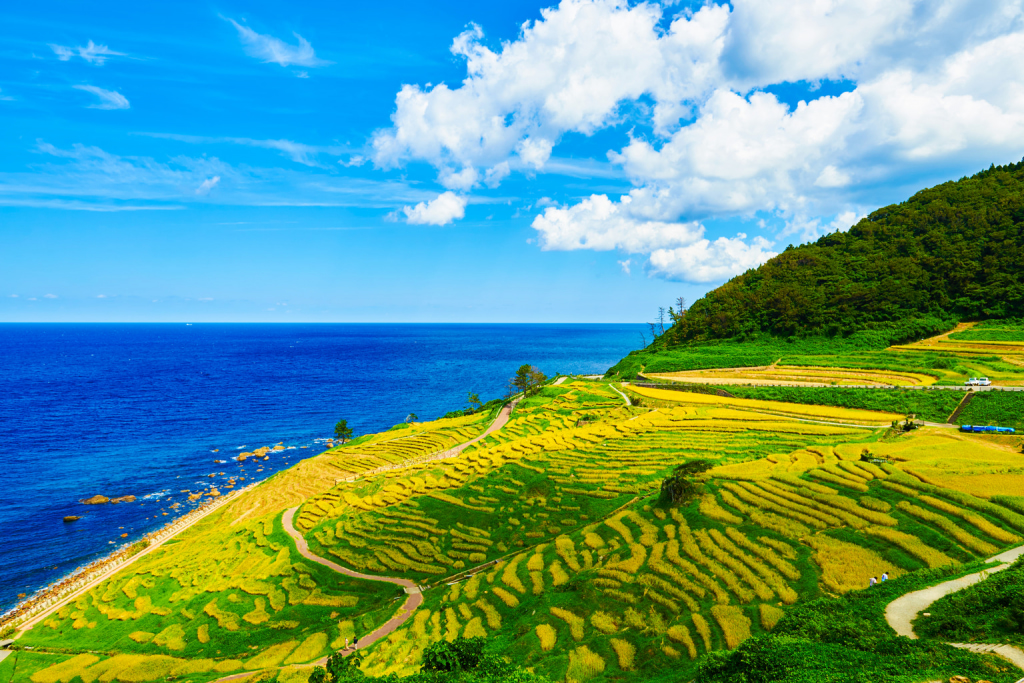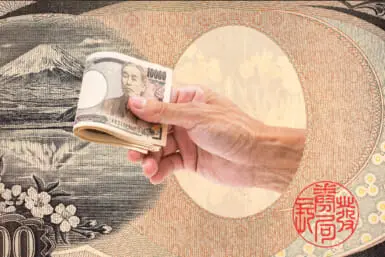Rugged and sparsely populated, the Noto Peninsula reaches into the Sea of Japan like a left hand gesturing north. Near the center of its outer coastline is the community of Wajima. With around 30,000 residents, it is one of the largest towns in the area. Given its small size and geographic isolation, one might assume Wajima is a rustic backwater, but that would be a mistake. Over the centuries, this picturesque fishing village has been the heart of one of the country’s largest religious sects, a major hub for maritime trade, and a nationally venerated center for lacquerware production. This history continues to shape the unique culture of this off-the-beaten-track destination.
Located about two hours north of Kanazawa by bus, Wajima attracts many visitors with its still-thriving lacquerware industry. It’s not known exactly when the area began production, but there are surviving examples of the craft from as far back as the 1400s. The industry was fostered by a local abundance of zelkova and cypress trees, whose wood is commonly used as substrates, as well as urushi trees, whose sap is refined to make lacquer. While many of the lacquer production centers in Japan switched to synthetic resins during the conflicts and scarcity of the 20th century, Wajima continues to produce lacquerware in the traditional way.
It is a time-consuming and painstaking process that requires many layers of lacquer being allowed to harden and then polished between each application. The glossy finish is achieved when a chemical called urushiol reacts with ambient oxygen, but the reaction is highly vulnerable to changes in temperature and humidity, requiring expert skill to manage, particularly before the advent of climate control. Meanwhile, the tacky surface of wet lacquer has to be protected from dust and other particles that might adhere and mar the finish.
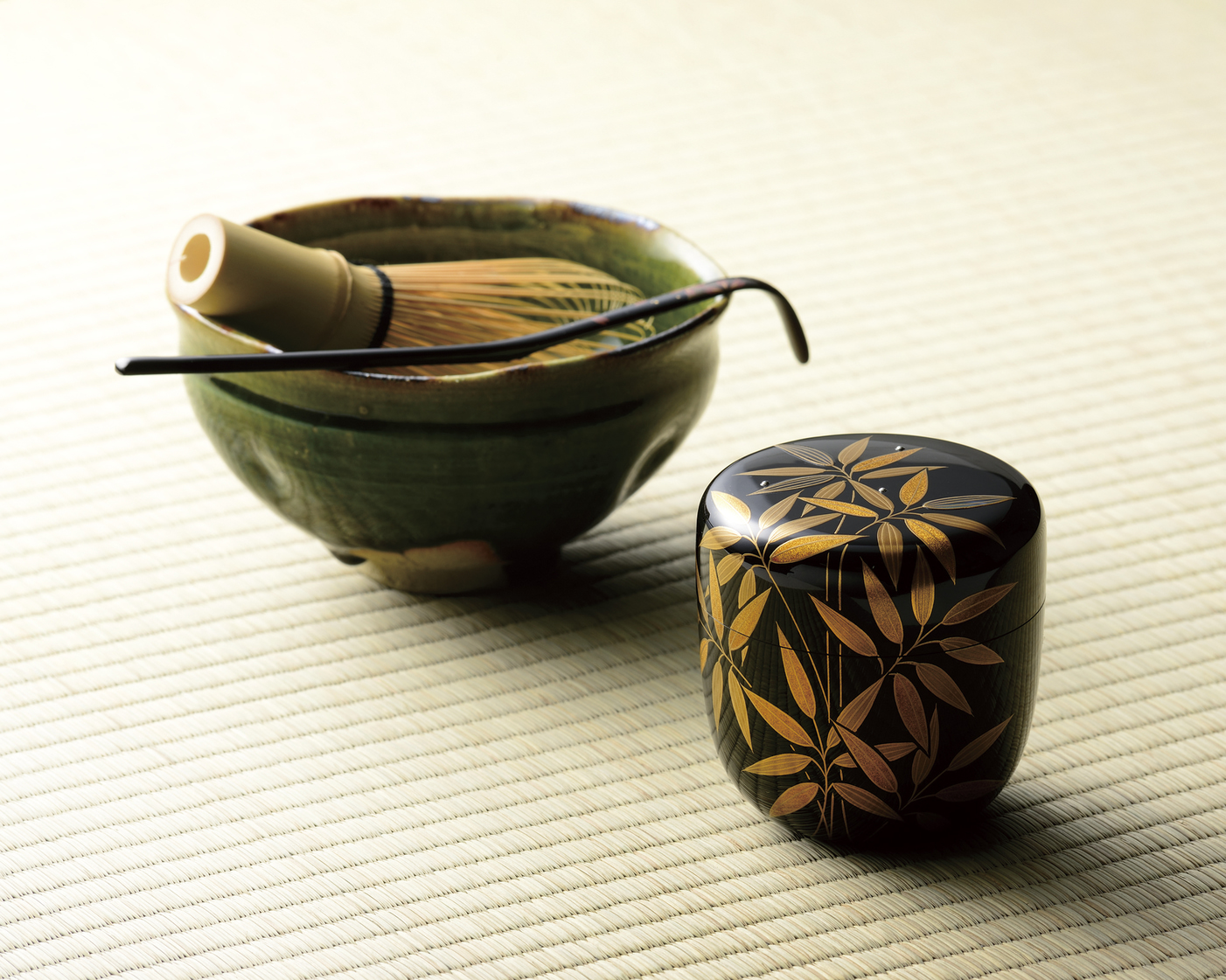
Wajima lacquerware is particularly distinguished by its durability. This is achieved in part through the preparation of the substrate, by using strips of lacquer-coated cloth to reinforce easily damaged sections like the rim of a bowl or furniture joints. Then the craftsperson applies base coats mixed with jinoko, a sandy preparation of local diatomaceous earth that helps subsequent layers adhere more securely. Finally, thin coats of lacquer are layered on top — sometimes more than a hundred of them.
All told, the creation of a single piece — from the forming of the wood substrate to surface decoration — may involve hundreds of steps that take months, or even years, to complete. Lacquer workshops in Wajima have evolved an unusual division of labor whereby a craftsperson specializes in just one particular stage of the process, which enables both peerless skill and efficient production. Together this has made Wajima lacquerware a desired addition to kitchens across the country.
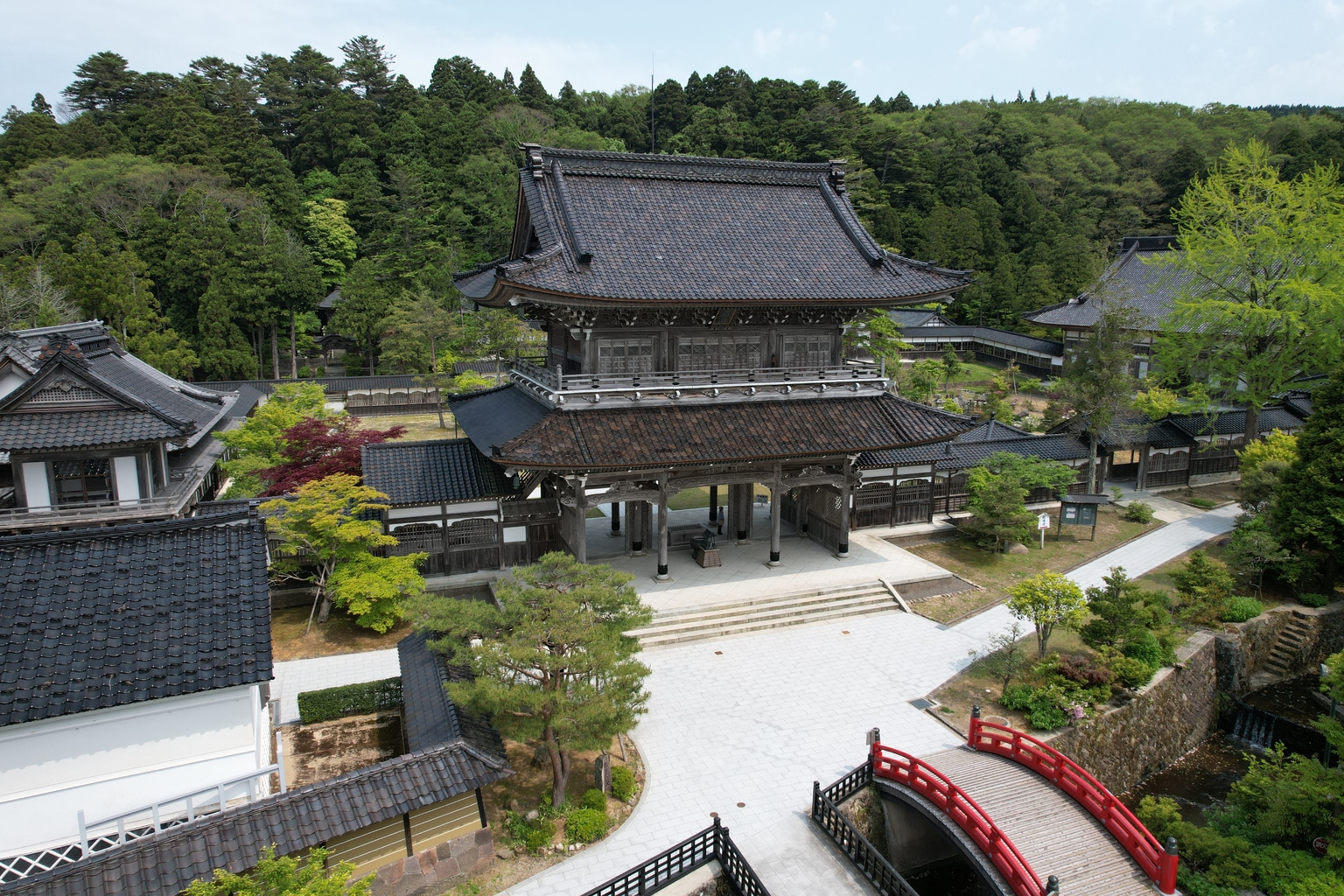
But how did the traditional crafts of such an out-of-the-way place become so well known? The diffusion of Wajima lacquerware is deeply entwined with the history of Sojiji, a venerable Buddhist temple located about 20 minutes southwest of the city. Founded in 1321, the temple served for many centuries as the head temple of the Soto sect, an influential school of Zen Buddhism with about 15,000 temples nationwide. In the early days, the position of head priest of Sojiji was held on a rotating basis by the heads of five key sub-temples. It was also an important center for training and missionary work. As such, a constant stream of priests from around the country visited Noto, and many of them became enamored of Sojiji’s gorgeous lacquer altar ornaments and took other fine examples of the craft back to their home districts.
Once Wajima lacquerware’s reputation for beauty and durability was established across far-flung corners of Japan, demand for it was met through kitamae-bune, which were a network of small, independent merchant ships that traveled from Hokkaido to Kyushu on the Sea of Japan coast and around the archipelago to Osaka and Kyoto. From the 17th to late 19th centuries, they bought and sold local commodities as they hopped from port to port, Wajima included, picking up anything they thought they could offload at a profit later. In this way, Wajima lacquerware found its way onto the best tables in Kyoto, Tokyo, and beyond, bringing a simple warmth and beauty that perfectly complemented the subtle seasonality of Japanese cuisine.
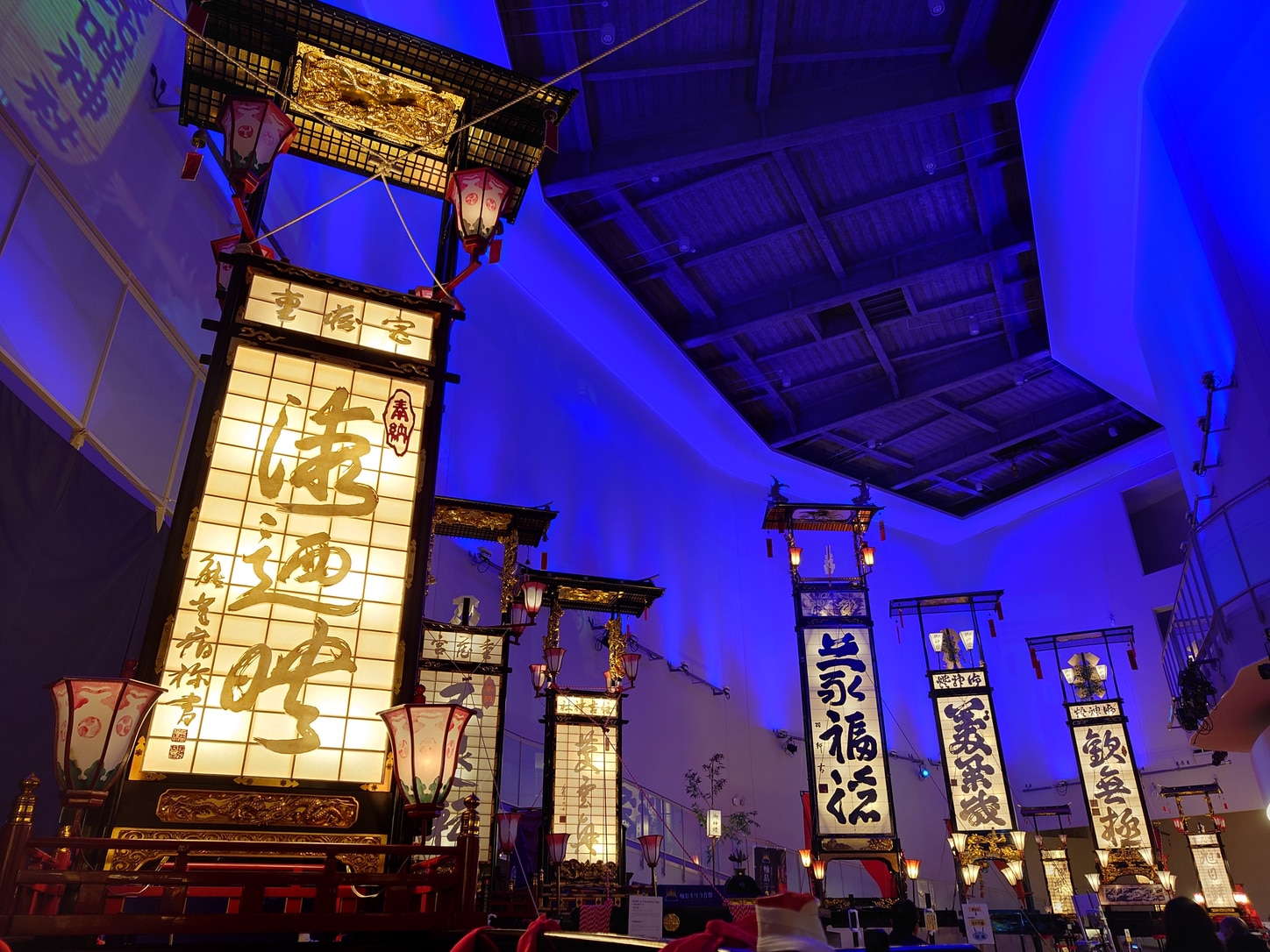
Wajima lacquerware is also part of another unique local craft — the towering lantern floats called kiriko that are used in the region’s famed summer festivals. Every town on the Noto Peninsula has its own kiriko festival. About 200 of them are staggered throughout the months from July to October. While each is rich in its own traditions, they compete with each other in scale and enthusiasm. The festivals express gratitude to the gods for bountiful harvests and good catches of fish, while also playing an important role in community building. On festival days, locals invite relatives and friends to their homes for homemade food and sake, continuing a tradition of hospitality and bonding that goes back generations. Summer tourists are likely to be ushered in as well, but at other times of the year they can get a taste of the kiriko atmosphere at the Wajima Kiriko Art Museum.
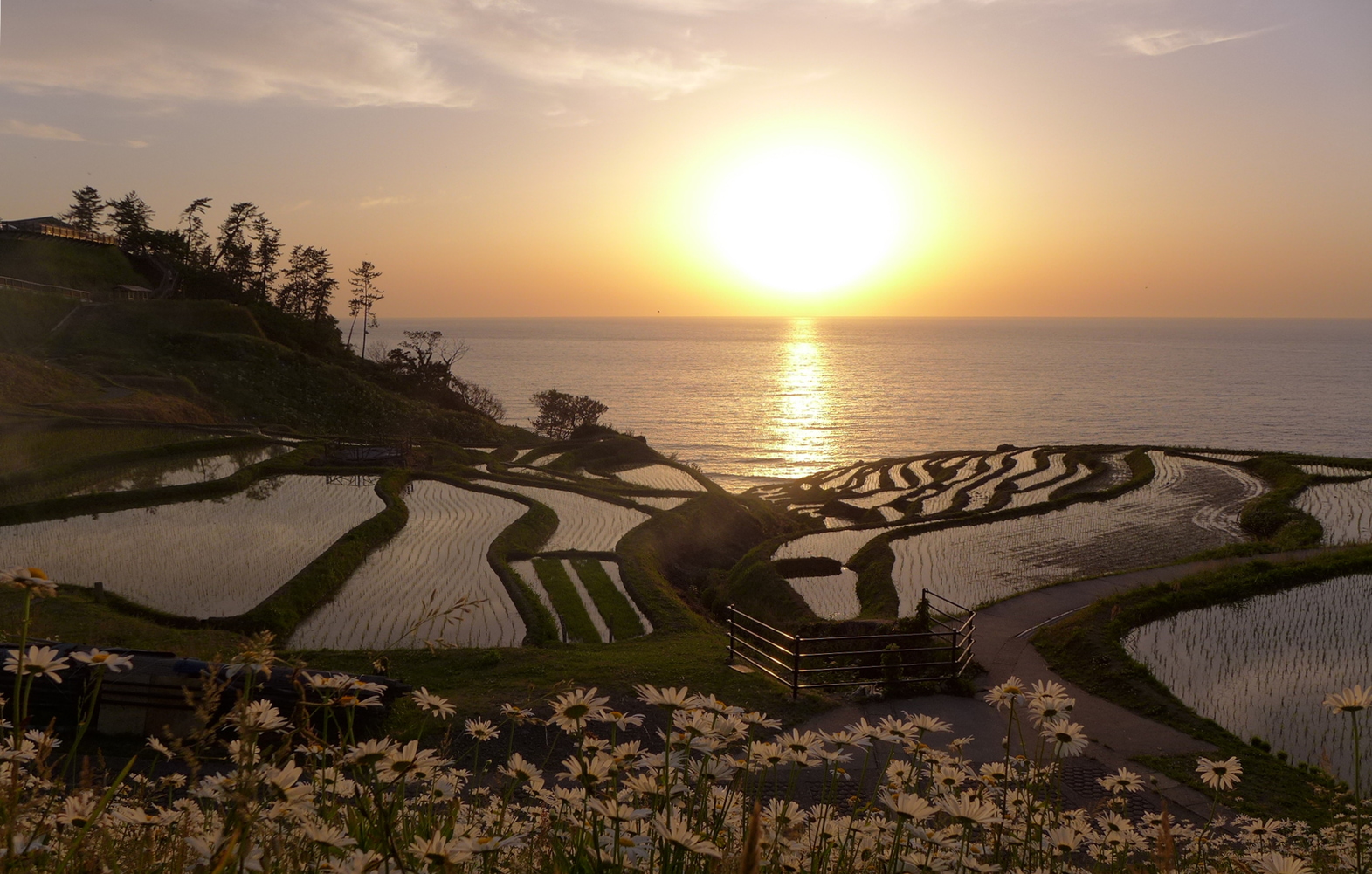
North of the city are the Shiroyone Senmaida terraced rice paddies, whose unique farming method is recognized by UNESCO as a globally important agricultural heritage. More than a thousand small rice paddies have been cultivated on a steep, seaside slope. Each one is narrow and no more than a couple of meters long. Their small size and irregular shapes mean that farm machinery can’t be used and each paddy must be planted and harvested by hand. This painstaking labor is now carried out by local farmers and volunteers in order to preserve this unique culture. Particularly in late spring, when the flooded paddies reflect the dusk like thousands of mirrors, Shiroyone Senmaida is breathtakingly beautiful. More importantly, they are a reminder of the endurance and ingenuity of the people of the Noto Peninsula, who have carved out a way of life in a sometimes unforgiving landscape that goes beyond mere sustenance to encompass beauty, art, spirituality, and community.
For more travel inspiration, visit the official Wajima City website.
Sponsored Post

